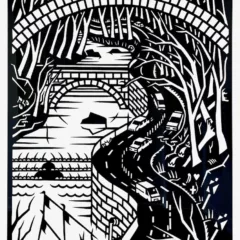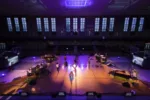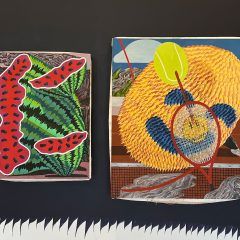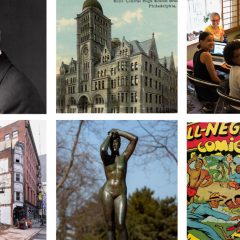Hanging at Space1026 is a show that can broaden the horizons of any Philadelphia art-lover. Phoning it in from Yogyakarta, a display of rebellious street artists from the arts and culture hub of Java, in Indonesia, is a raw display of artistic spirit with an immediate effect.
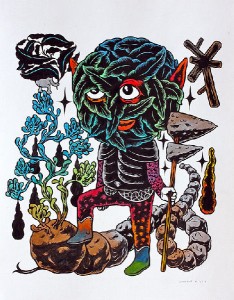
Curator Lee Tusman, a local photographer, has done a service for Philadelphians in the vein of composer and ethnomusicologist Jack Body, who in the 1970s released “Street Music of Yogyakarta,” a thrilling collection of music from Yogyakarta with the same unique vitality as the drawings and paintings currently on display at Space 1026. Culling influence from popular culture of the West as well as local religions, these images from Yogyakarta’s art scene throb with rock aesthetic and R. Crumb intensity like the coolest posters for a punk concert you’ve ever seen. A slideshow of photographs by Drexel University professor Brent Luvaas showing the art in its original context, as well as images of day-to-day life in Yogyakarta, give real depth to the show.
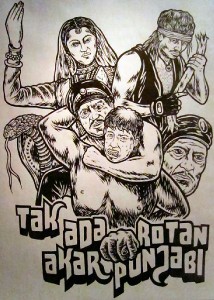
One image, “Tak ada rotan akar pun jadi” originally graced posters for a 2011 art show in Yogyakarta held by Ace House Collective. The drawing is loaded with imagery that may be mysterious to most Westerners. The fist at the bottom with the thumb through the fingers is a gesture akin to the middle finger, while the Indonesian proverb, “tak ada rotan akar pun jadi,” which according to Omniglot.com means “If there’s no rattan, roots can be used” (or, if you can’t find the thing you’re looking for, use something else), has had the last two words changed to “Punjabi,” referencing the people of North India and parts of Pakistan. This image was for a show about the effect of India culture on Indonesia, but the tone of the drawing suggests an attitude of defiance against what seems like a pernicious influence.
Especially impressive are political woodcut prints (culik) by the Taring Padi (“Fangs of the Rice Plant”) Collective, reminiscent of work by Brooklyn’s Morning Breath Inc. or Cannonball Press, but more intensely political. After all, these are artists who lived under the dictatorship of Suharto, not Ronald Reagan.
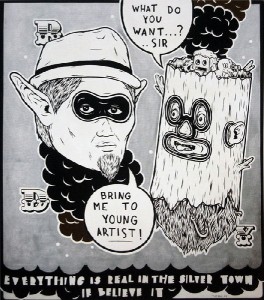
There’s also a suspicion of standard “high art” in this work – with “Fine art is death” written in English in one drawing, one character depicted as eating a book titled “Art World,” and one cartoonish caricature labeled “R. Saleh” – after famed 19th-century Indonesian painter Raden Saleh.
Clearly, Tusman’s presentation furthers this message, from spray-painting the title of the show rather than stenciling it on the wall, to his disregard for standard fine-art handling and presentation. The pieces were sent via email and printed out, and presumably artists from Yogya don’t care how their work gets to the U.S.A. But one can’t help but wonder if the inexpensive means of reproduction doesn’t devalue the work, and unintentionally emphasize the realities of globalization. Regardless of whether the method is enlightening or cheapening, there was plenty of leftover wall space and the gallery setting almost dwarfed these works, removed from their urban setting. Still, the pieces remain provocative and compellingly new, and the show gives the impression of a global language and the evolution of street art.
Ben Meyer is a writer living in Philadelphia.


